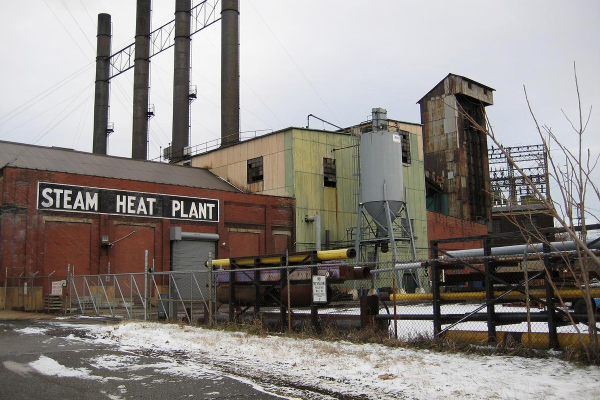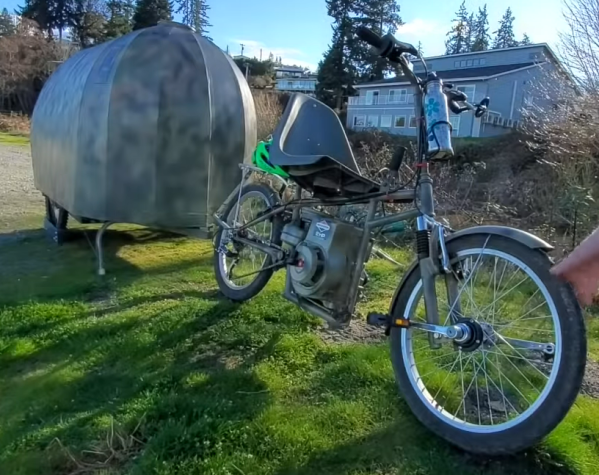Fluid simulations are a key tool in fields from aerospace to motorsports and even civil engineering. They can be three-dimensional and complicated and often run on supercomputer clusters bigger than your house. However, you can also do simple two-dimensional fluid simulations on very simple hardware, as [mircemk] demonstrates.
This build is almost like a simple toy that displays particles rolling around and tumbling as you turn it one way or the other. Behind the scenes, an ESP32 is running the show, simulating a group of particles responding to gravity in a fluid-like manner. The microcontroller is hooked up with an 3-axis gyroscope and accelerometer, which it uses to track motion and influence the motion of the particles in turn. The results of the simple fluid simulation are displayed on a screen made up of a 16 x 16 matrix of WS2812B addressable RGB LEDs, which add enough color to make the build suitably mesmerizing.
There’s something compelling about turning the display and watching the particles tumble and flow, particularly when they’re all set to different colors. [mircemk] also gave the build the ability to operate in several different modes, running “sand,” “liquid” and “gas” simulations and with dynamic coloring to boot.
We’ve seen some great videos from [mircemk] before, too, like this sensitive metal detector rig. Continue reading “Low-Resolution Fluid Simulation On An ESP32”




















